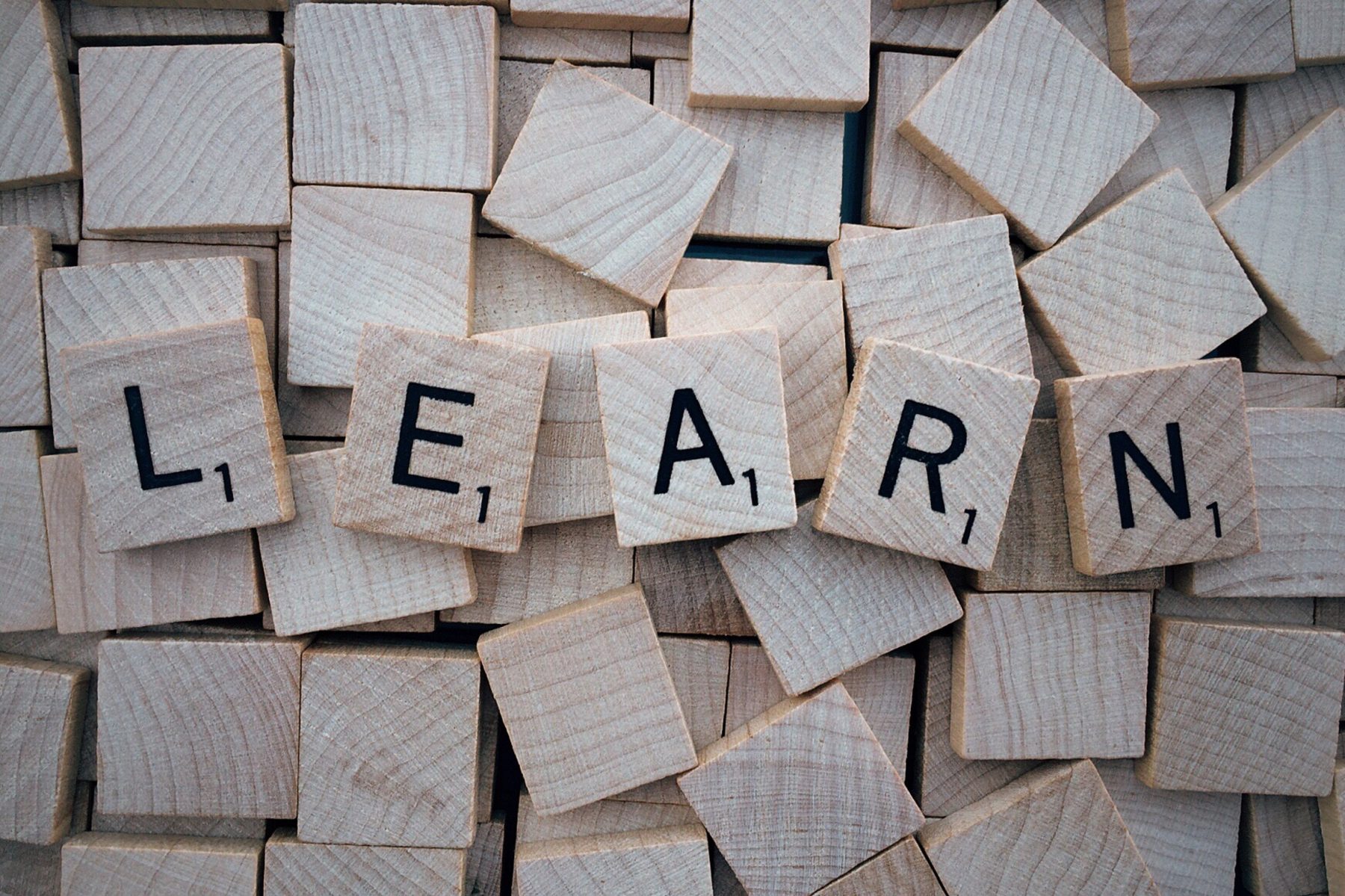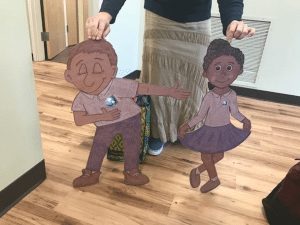Montessori Approach to Literacy
The Montessori approach to literacy is very different from what many of us are used to. Children are taught the sounds of the letters before they learn their names. They begin with lower case letters, instead of capitals. They also learn to write before they learn to read. Many concepts of Montessori literacy development may seem “backward”, but there is a sound rhyme and reason to it all.
Montessori Approach Sound Games
The first literacy activity in the Montessori literacy sequence is a version of the I Spy game.
To play, the guide sets a few small objects out on a tray. For example, she may lay out a toy fish, a coin, a rock, and a toy dog. She makes sure the children can name all of the objects.
To begin, the leader states something along the lines of, “I spy something that begins with /f/.” She makes the sound “fffff” instead of naming the letter F. After the children master beginning sounds, they are ready for ending and middle sounds.
The sound games’ purpose is to develop phonemic awareness. Phonemic awareness refers to the ability to hear and identify sounds within words. Children in a Montessori classroom must master the sound games before they can move on to learning about letters. The Montessori approach follows fundamental development.
Sandpaper letters
Sandpaper letters are introduced after children have developed phonemic awareness. This material, textured cut-outs of each letter, offers a tactile experience. The lower case letters come first because they appear more often in print.
As children run their fingers over the rough lines, they speak the letter’s sound aloud. This multisensory activity helps form a strong association between the letter’s shape and its sound. The tracing motion and sensory input create muscle memory that will be helpful when the child begins to write.
Montessori Approach Moveable Alphabet
Maria Montessori discovered that children were ready to write before they were ready to read. Their urge to express and create was strong and superseded their desire to decode someone else’s words. With writing, a child can choose words that she wants to use. With reading, she has much less control over the experience.
Why did Maria Montessori come to this conclusion when no one else had? She realized that children are ready to make words with letters long before their fine motor skills have caught up. Therefore, she developed a moveable alphabet within the Montessori approach.
The moveable alphabet is a set of individual wood cutouts for each letter. Consonants are one color and vowels are another. Children arrange the letters on a mat to form words and sentences.
Adults are advised not to correct spelling, which will be phonetic at the start. Additionally, they should not ask the child to read what he has written aloud. It is essential to allow the children full control of the learning process.
As children work with the moveable alphabet, they continue with the sandpaper letters. Before they begin to write letters with a pencil, however, they start tracing shapes.
Metal Insets
The metal insets provide the first opportunity for children to write using a pencil. They may have scribbled freely with a pencil before, but this is the first structured experience in the Montessori approach.
The metal insets are a set of ten plane shapes, each with a corresponding frame. Children trace within the frame first. Next, they trace around the shape’s outline. They continue working through a progression of lessons, ultimately combining shapes to make beautiful designs.
The metal insets help children refine their grip and further develop fine motor skills. The shapes they trace provide practice with the straight and curved lines used to form letters. This material also gives children the opportunity to practice sitting and working for an extended time. It even opens them up to sophisticated concepts like planning out designs and develops creativity.
The Montessori approach to literacy was created from Maria Montessori’s detailed observations. She could see just what children needed and create the perfect methods and materials for optimal learning.


